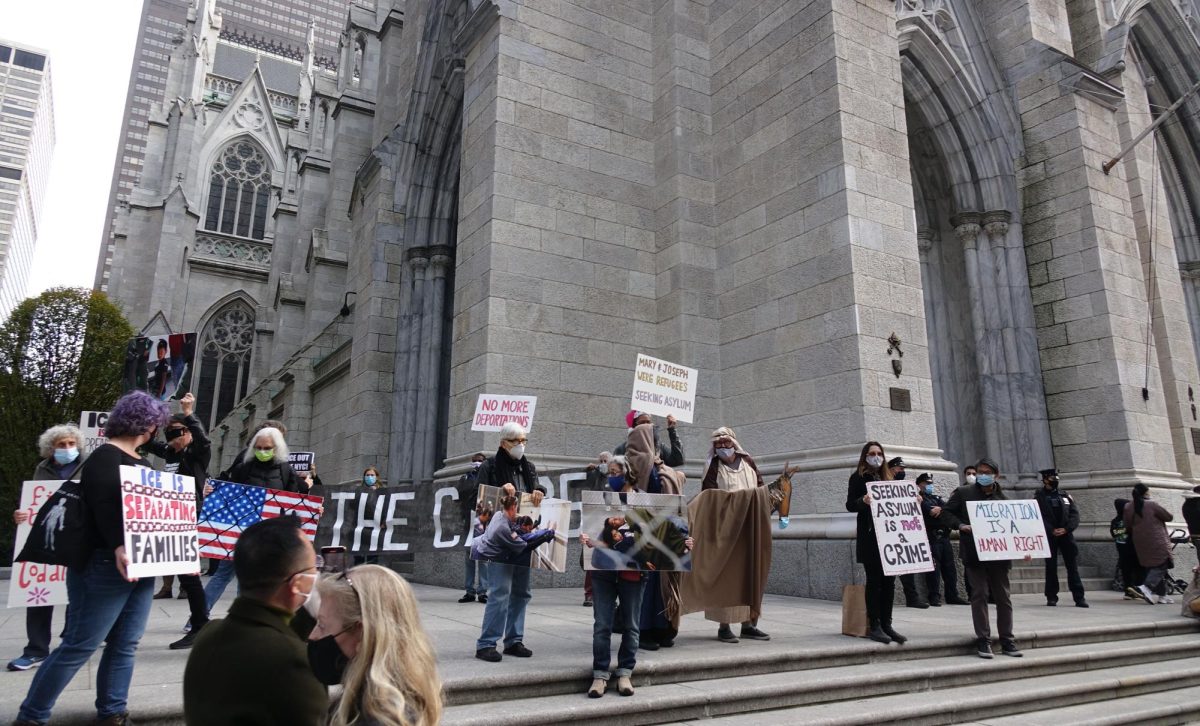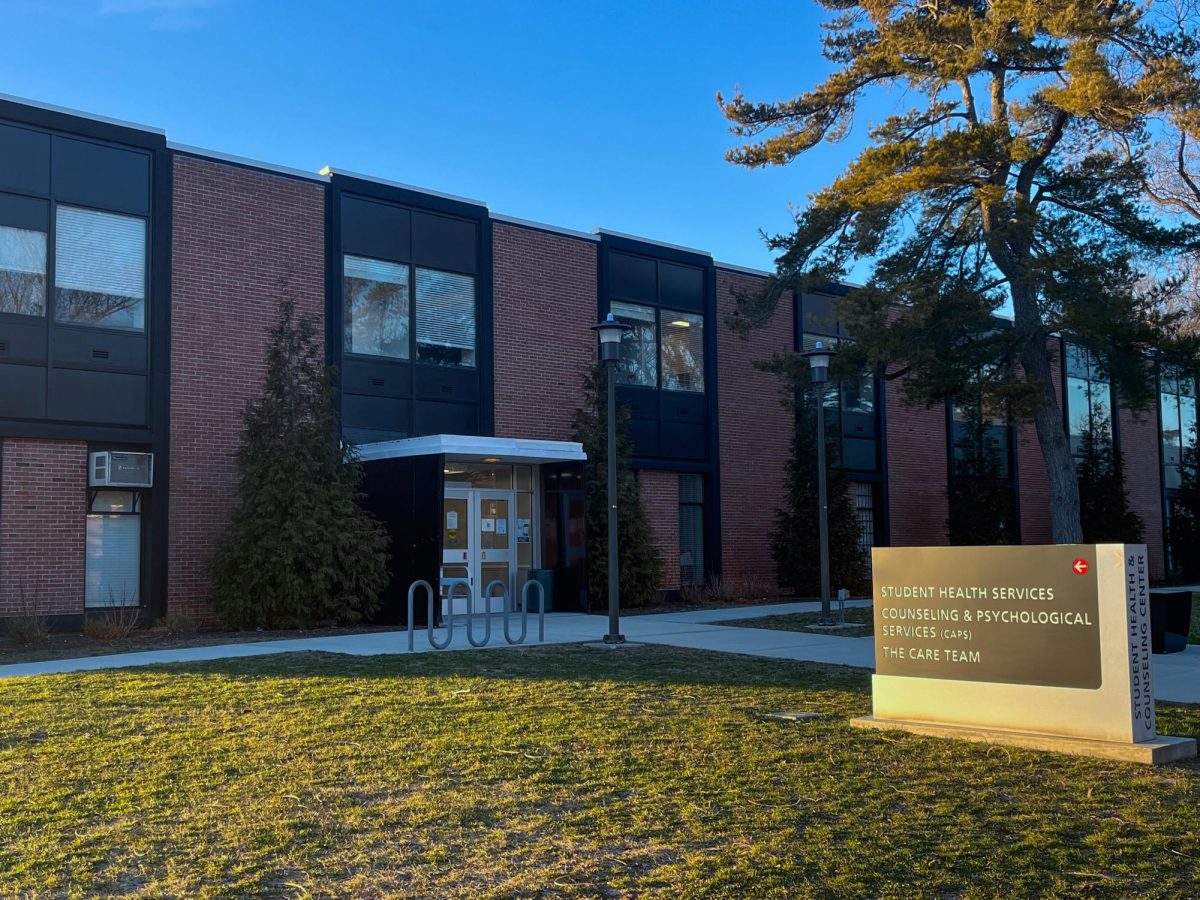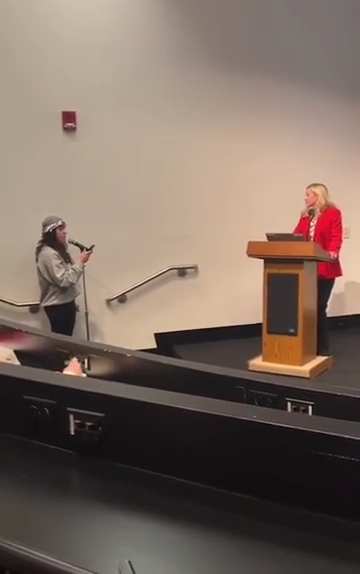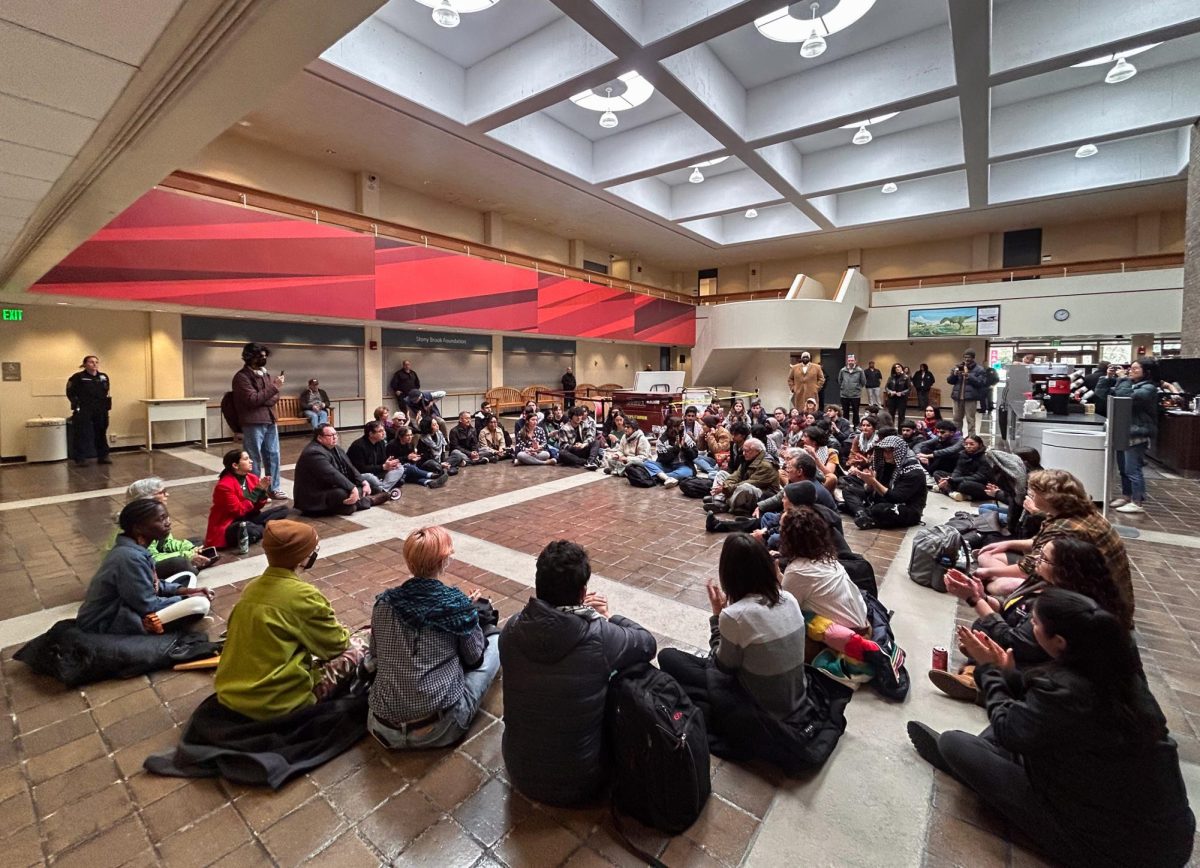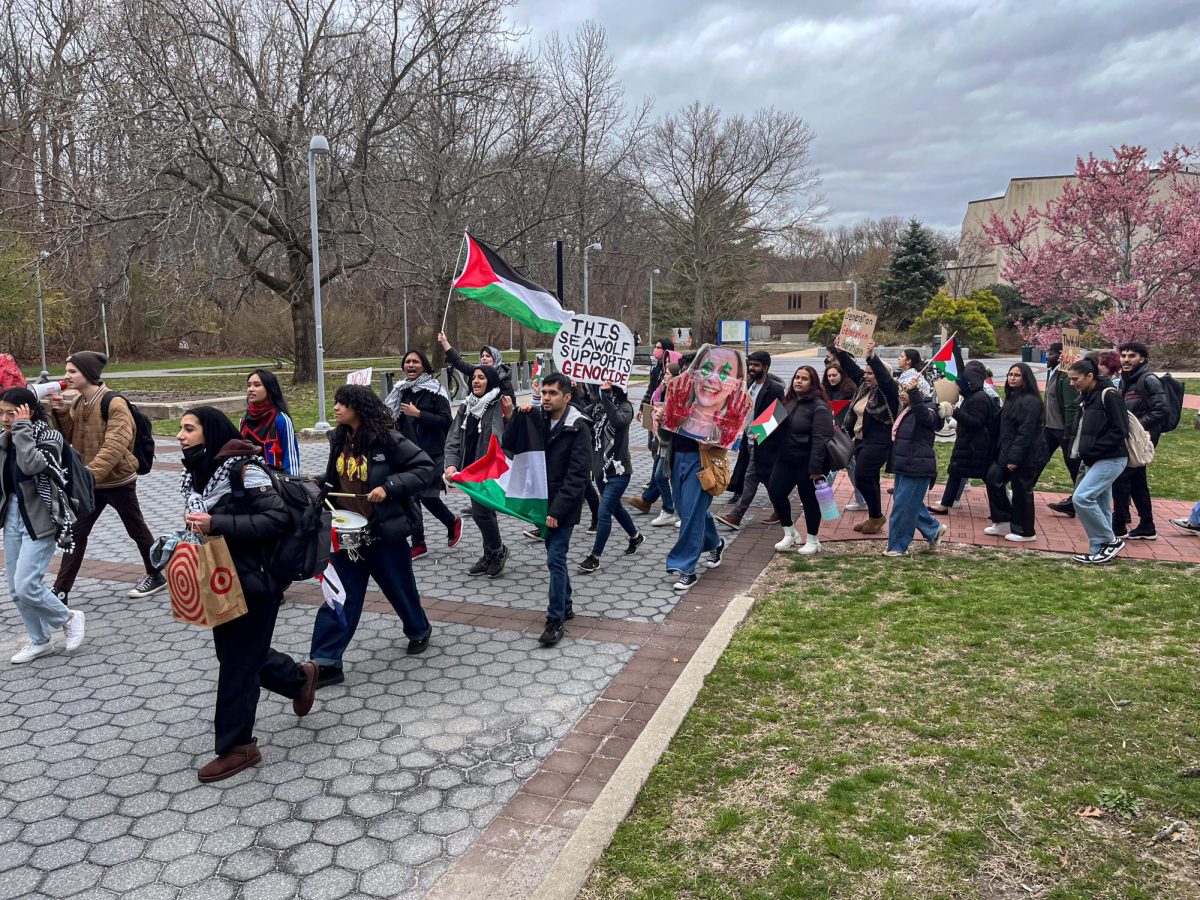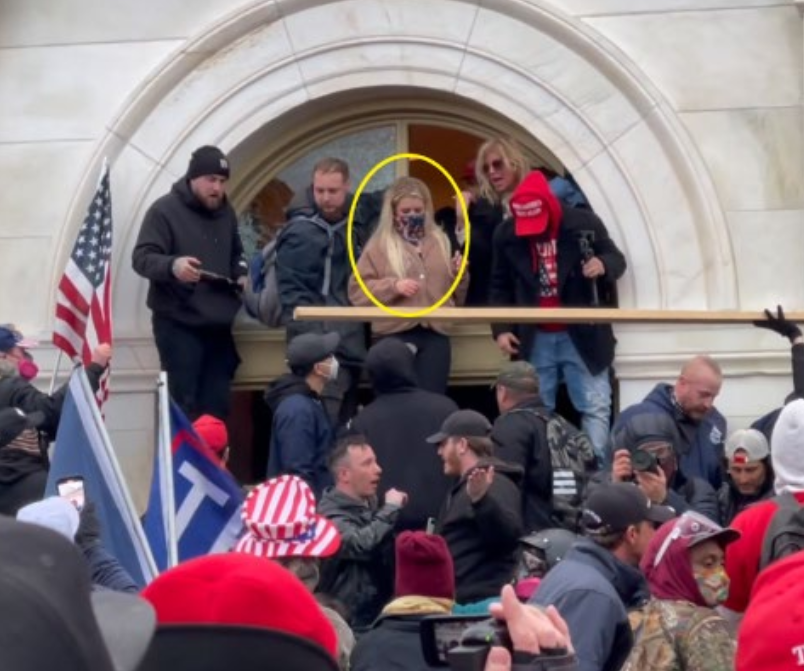
Eric Zolov is an Associate Professor of History at Stony Brook University who is finishing a Fulbright Fellowship teaching at the Pontificia Universidad Católica de Chile. Half way through the semester, he found himself enveloped by political turmoil.
“Tu normalidad es privilegio,” (Your normality is privilege) is graffitied over an entire wall along the Nueva Providencia Avenue in downtown Santiago. After six weeks of nearly continuous street protests and a growing tally of the dead and wounded, the debate over “a return to normalcy” has taken center stage here in Chile.
There was a brief moment of optimism after President Sebastián Piñera announced an agreement to hold a referendum, scheduled for April, on convoking a constitutional convention. Scrapping the current constitution, a vestige of the Pinochet dictatorship, was a central demand of the protesters. Agreeing to consider a new constitution was a major concession by the conservative government and was accompanied by the pronouncement of various social and economic reforms.
The following morning, Santiago woke up to images of Plaza Italia — ground zero for the protests — draped in streaming rolls of white cloth. A large banner proclaiming “Paz” (Peace) hung from the plaza’s statue of Chilean General Baquedano, hero of Chile’s 19th-century victory against Peru and Bolivia. Since then, while the scale of protests has diminished, peace has proven elusive.
A main focus of the continued protests is justice for those shot and brutalized by state agents. The indiscriminate use of rubber-coated buckshots, or perdigones fired at demonstrators has left hundreds partially or fully blinded. Across the country, the wounded eye has become a symbol of martyrdom and continued resistance. Although the police recently announced they would restrict the use of perdigones to situations of “legitimate defense,” the damage has been done — not only to those physically injured, but to the regime’s credibility as well. At the same time, the government seems incapable of reigning in continued acts of violence instigated by smaller groups of armed encapuchados, or hooded ones.
In the heart of Santiago, signs of past and on-going destruction abound. This can be seen especially in the shattered windows of banks, malls and small shops, that are now wrapped in sheets of welded steel. Santiago’s widely heralded metro also remains only partially operable, with several stations completely trashed. Despite on-going efforts to repaint the city’s walls, there is widespread defacement of public monuments, churches and historic buildings. In numerous cities across Chile, the destruction is similar or worse.
With my Fulbright Fellowship coming to an end, I feel that I am leaving the nation once regarded as Latin America’s “most stable” at a historical crossroads. The government, pushed by an unprecedented grassroots explosion, is attempting a dramatic transformation of the social contract. Yet, at the same time, the regime finds itself on the defensive against a recalcitrant protest element containing nihilistic tendencies. The stakes of a “return to normalcy” are high for all sides. Piñera, whose approval rating is a meager 10%, is facing intense pressure to resolve the current stalemate. His next moves will likely determine not only his own legacy, but the fate of Chile as well.










